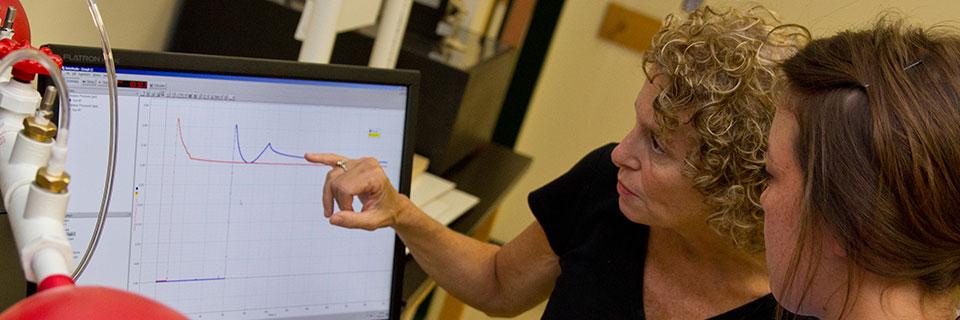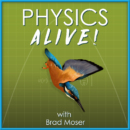The Physics Alive Podcast
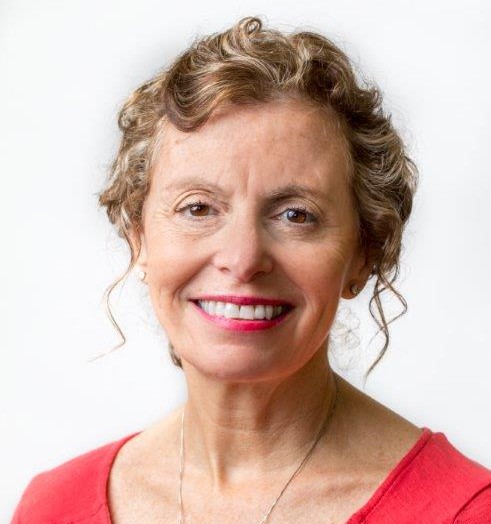
Episode #3
Build a Highly Successful Physics of Medicine Program with Nancy Donaldson
Have you ever stepped into the classroom and found yourself surrounded by…pre-health students? Individuals who aspire to be physical therapists, physicians assistants, doctors of medicine, optometrists, dentists? You get the idea. Many of them don’t necessarily want to take physics, but here they are, sent to you by their program’s requirements. What do you do? Well, you could do what my guest today did: ask the medical professionals what students should be learning in a physics class, then teach THAT.
With a grassroots approach, Nancy Donaldson has built an impressive and thriving Physics of Medicine program at Rockhurst University, a small liberal arts college in Kansas City. In this episode, she shares her long, winding road to professorship, her natural passion for making physics relevant for her students, and her love of designing curriculum that puts students at the center of their sense-making. She describes how hard work and asking her colleagues in other disciplines lots of questions has led to a program that graduates 30 majors and minors per year. And most of this curriculum is available for everyone on the Living Physics Portal!
Today's Guest:
Nancy Donaldson
Nancy Donaldson is professor of physics at Rockhurst University, a small liberal arts college in Kansas City. With a grassroots approach, Nancy has built an impressive and thriving Physics of Medicine program. She’s a proficient grant writer, receiving funding from a variety of agencies to support her curriculum reform projects. She is also an avid curriculum developer, writing hands-on, active learning pedagogy in all of her courses, and she has recently gathered a cohort of fellow science teachers to share interdisciplinary perspectives and share common themes across multiple courses.
Episode Notes and Resources
Nancy describes her winding route to full time professorship, including raising three children, running a tutoring business, completing various degrees throughout the years, teaching physics despite almost no physics background, starting at the college as an adjunct, and fast tracking to full professorship in her 40’s. Here are a few great quotes:
- “Most things I was never trained to do.”
- “I developed the program that I would have loved to have had.”
- “I’ve been interdisciplinary since I started, that’s who I am.”
A major topic of conversation was about the Physics of Medicine (POM) major and minor at Rockhurst University. Find more info at the following links:
Why should educators be interested in teaching physics courses that relate to the human body and medical imaging?
- “I need to learn about what these [students] are interested in. I knew nothing about medicine or physical therapy. But I wanted to make the learning more relevant for my class.”
- “I’m a strong believer that if we don’t teach introductory physics to life science students in a way that helps them find its relevance, I mean, these are academically strong students and they should not be taking something just to check a box.”
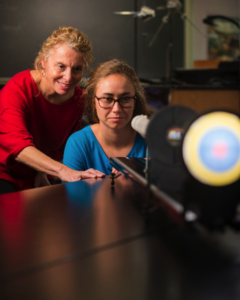
In 2012, Nancy received a grant to work on the Physics of Medicine courses. The grant abstract states: “Rockhurst University (RU) and Loyola University Maryland (Loyola) are collaborating to create three multi-week upper-division active learning physics modules in fiber optics and light delivery, nuclear physics and nuclear medicine, and pressure in the human body that relate physics principles to medicine. The modules can enhance student learning through their implementation in a Physics of Medicine (POM) Program currently in place at RU and in development at Loyola.”
In 2016, she joined a large grant called “Community Sourcing of Introductory Physics for the Life Sciences,” where the primary outcome was the creation of the Living Physics Portal (LPP).
Three of Nancys modules can be found on the LPP: physics of the respiratory system, physics of the cardiovascular system, and fiber optics in medicine. The image below shows a screenshot of the LPP.
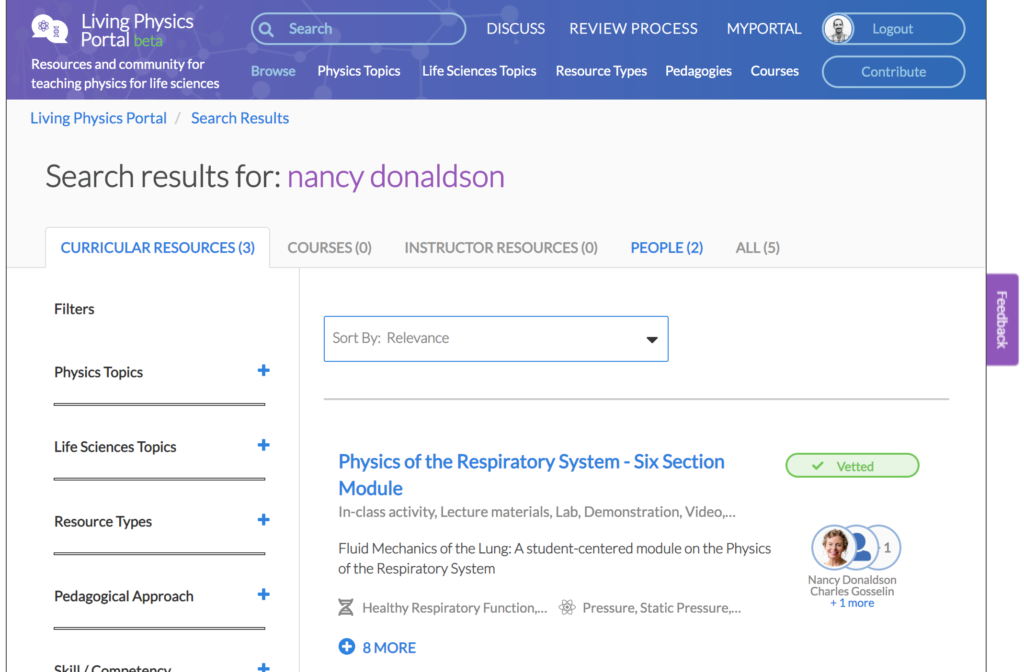
Finally, Nancy Donaldson et. al. published an article in 2019 on the interdisciplinary venture that she and other members of the Rockhurst community took.
She learned some of her early constructivist ideas from Fred Goldberg’s work on constructing physics understanding. She picked up energy diagrams from that work.
I mentioned Rachel Scherr et. al. and the Energy Tracking Diagrams that were developed at Seattle Pacific University.
